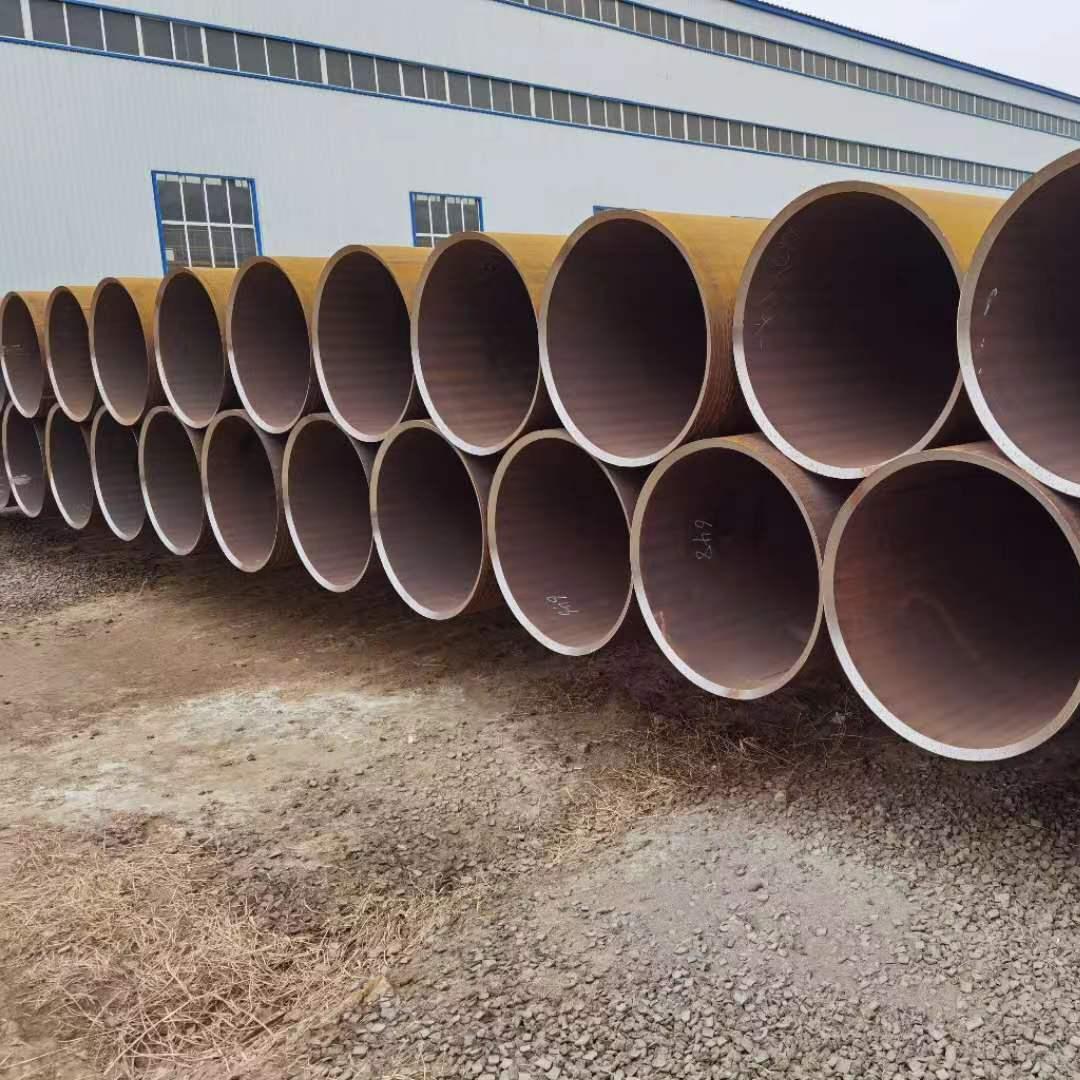Which type stainless steel is magnetic? This is a common question that many people have when it comes to this versatile material. The answer lies in the composition of the stainless steel itself.
Stainless steel is primarily made up of iron, chromium, and nickel. These elements work together to create a strong and corrosion-resistant material that is used in a wide range of applications. However, not all types of stainless steel are magnetic. Stainless steel is usually divided into martensitic stainless steel, ferritic stainless steel, and austenitic stainless steel.
The main elements of martensitic stainless steel are iron, chromium, and carbon. So, its crystal structure is ferromagnetic. In other words, martensitic steels have magnetic properties.
One type of magnetic stainless steel is known as ferritic stainless steel. This type contains high levels of chromium and low levels of carbon, which gives it its magnetic properties. Ferritic stainless steel is commonly used in automotive parts, kitchen appliances, and industrial equipment.
Another type, called austenitic stainless steel, generally has low magnetism due to its higher nickel content. Austenitic stainless steel is non-magnetic, but it can obtain magnetism by finishing. It is highly corrosion-resistant, making them suitable for use in food processing equipment, medical devices, and construction materials.
Some types of stainless steel are indeed magnetic, while others are not. The presence or absence of magnetism depends on the specific composition and structure of the particular grade used. Understanding these differences can help you choose the type of stainless steel for your needs. Before choosing, you must have a more comprehensive understanding of stainless steel.
It is important to note that just because a certain grade or type of stainless steel may be magnetic doesn’t mean it lacks quality or durability. Both magnetic and non-magnetic varieties have unique characteristics that make them suitable for different applications.



